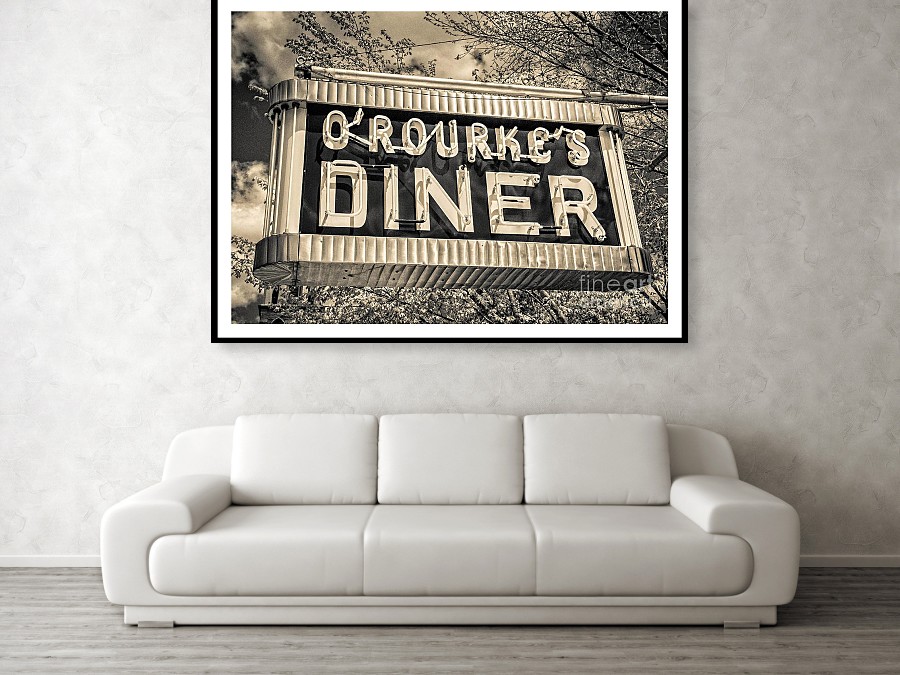Every marketplace reaches a pivot point between buyers and sellers.
Take Ebay for example. After years of promoting to sellers to fill the store shelves with merchandise, they reach a point where there were more sellers than buyers.
Sellers tend to become frustrated when they can no longer sell easily but instead get lost in the crowd of other sellers, so they tend to start dropping out. Companies no doubt monitor this number of dropouts and measure how long new sellers try the platform before throwing in the towel.

When the percentage of sellers becoming dissatisfied with their level of success or lack of sales becomes too great, it’s time to pivot.
The maximum seller level has been reached and it’s now time to pivot promotions towards attracting more buyers. This is the point Ebay launched its “Find IT on Ebay” ad campaign to attract more buyers to the platform.
Fine Art America and Pixels seem to have reached this point. New artists trying to break into the crowded marketplace with hundreds of thousands of artists offering zillions of images to purchase. Dissatisfaction is growing and Fine Art America and Pixels can no longer count on the friends and family of artists to buy enough art to keep the marketplace happy so time to pivot their messaging.
A year ago Fine Art America and Pixels were running ads targeted at artists (i.e. sellers) such as this:
Now in March 2022 they have released a new set of ads with a different target market in mind – art buyers. The pivot from attracting sellers to now attracting buyers. There is more than enough art for sale on Fine Art America and Pixels — now is the time to find more buyers.
As a long-time Premium Member of Fine Art America and Pixels I applaud this new direction!
Other Thoughts and Speculation
A couple of other factors come to mind about this pivot.
One is that FAA/Pixels has spent the last few years cultivating partnerships with major image supplies like sports and major magazines. FAA/Pixels needs their well-known images to attract buyers but also these image suppliers want results. Could be they have a contract for a certain number of years. If they don’t see the results, they can take the images elsewhere. In any case these large customers have a lot of clout and supply high-quality images.
The second is the attics are bare. No doubt Ebay had a lot of great vintage stuff and antiques but after a few years the inventory quality old stuff was used up and sellers were looking around the house for anything to sell.
Ebay had to backfill the empty shelves with new products. What was a great marketplace for cool old stuff became a marketplace for cheap Chinese junk.
At some point, even an art site will attract people just looking to make a buck. They start uploading total crap that doesn’t sell. So the marketplace has to proactively go out and recruit good quality images. And these images will only stay if sales are being made.

Interesting stuff. I don’t doubt that the online art market is becoming saturated. Some of the from the lure of “easy money,” a very false lure, and more due to pandemic shut-downs that limited people activities. Instead of going out and eating or partying they’d go for a hike, take a few photos, etc.